 Abraham Lincoln
If given the truth, the people can be depended upon to meet any national crisis...
Abraham Lincoln
If given the truth, the people can be depended upon to meet any national crisis...
 Guildford news...
for Guildford people, brought to you by Guildford reporters - Guildford's own news service
Guildford news...
for Guildford people, brought to you by Guildford reporters - Guildford's own news service
Birdwatcher’s Diary No.78
Published on: 9 Jan, 2015
Updated on: 9 Jan, 2015
By Malcolm Fincham
Restricted by ongoing Christmas festivities and family entertainment (although most enjoyable) I began to feel rather claustrophobic. Itching to see what was going on beyond my doorstep I ventured out into my garden.
This was on Boxing Day with a lame excuse to hang some washing out!
I was welcomed by the sound of a robin singing his delightful winter song with its ‘to my ears’ almost mournful sentiments,
and I couldn’t resist grabbing my camera to record the sound and snap a few shots of such a delightful critter.
Click here for a short video clip as it sang.
Fortunately, with a few day’s off leading up to the new year, I was able to get involved in a few adventures.
My first was a short trip after Christmas to Tice’s Meadows near Tongham, on December 28, following up on a report that two Bewick’s swans had made what turned out to be just a brief visit.
These birds are smaller than our resident mute swan and breed in the tundra regions of northern Russia.
Flying south, with some wintering on eastern coastal counties of the UK they are quite a rare but welcome visitor to our Surrey waters. By the following morning however they had moved on.
By the following day I had too – with a car load of wildlife enthusiasts on our annual trip to the Isle of Sheppey on the north Kent coast. This gave us the opportunity to view and even get a few pictures of other birds, some of which are rarely seen in the Surrey countryside.
The three most pleasing to me began as soon as we arrived on the island at Elmley Nature Reserve with the sighting of a marsh harrier – one of many we were to see that day.
Being birds of prey, they could often be seen spooking flocks of wildfowl into the air, setting quite an atmospheric scene with hundreds of teal and those infamous wintering whistling wigeon into flight.
A walk past some reed beds also gave us some stunning close-up views of a group of eight or so bearded tit – or bearded reedling as they are now known.
Of the many various waders, golden plover could be viewed, now very much in their winter plumage.
These were mainly seen among the lapwing or green plover or peewit as they are also referred to due to their call.
Moving on to Harty Marsh on the island at the end of the day, as well as yet more sightings of marsh harrier, a short-eared owl made an appearance, gliding over the reed beds in its rowing-like fashion of flight, giving us all some great views as the sun began to fade.
A flock of 40 or so fieldfare perched to rest in a tree long enough for me to snatch a few photos before they moved on looking for a place to roost.
And as a final bonus, a barn owl also appeared allowing me some reasonable shots to end the day.
On December 30, I took advantage of a continued dry spell (in contrast to floods of last winter) and to round off another great wildlife watching year. For me, and four good birdwatching pals, it was another trip out of Surrey. This time to Farlington Marshes on the south coast near Portsmouth.
With the tide out on our arrival and scanning the mudflats of Langstone Harbour, we were firstly able to pick out a distant view of a group of over 20 avocets.
Also seen were small groups of dunlin and turnstone.
Adding to the plovers seen on the Isle of Sheppey, there were a number of grey plover also taking advantage of the low tide and feeding in the mud.
Looking inland across the lagoons and marshes the many wintering brent geese I mentioned in one of my previous recent reports could still be viewed.
Also seeing the many usual wintering ducks and waders seen on my last visit.
Our ears however were taken by the instantly recognisable pinging sound from a section of reed beds as once again we found ourselves getting some great views of bearded reedlings.
Although having only seen them the previous day on ‘Sheppey’, I couldn’t resist a few more photos.
I even managed to record a short video clip.
A few of my other photos that day included ones referred to by some as LBJs, or little brown jobs, as they are not always easily recognised at a glance.
These included a reed bunting as it fed in the reeds.
And one of several meadow pipits seen on the reserve.
My most treasured picture of the day however was of a little brown bird often heard there but very rarely seen – the cetti’s warbler.
A bird similar in stature but slightly larger than the more commonly seen ‘Jenny’ wren, but far more elusive.
And a common buzzard soared overhead to wrap up another great day and indeed a great year of watching wildlife!
Recent Articles
- Burglar Jailed Thanks To Quick Action of Ash Resident
- Highways Bulletin for December
- Birdwatcher’s Diary No.318 Some Pre-Christmas Rambles
- Merry Christmas and a Happy New Year to All Our Contributors and Readers!
- More Units Added to Solums’s Station Redevelopment
- Vehicle Stop on Epsom Road Leads to Prolific Drug Gang Being Put Behind Bars
- Local Political Leaders Respond to Publication of the English Devolution White Paper
- Flashback: Guildford All Lit Up For Christmas – Then And Now
- City Earn Themselves a Three Point Christmas Present
- Mayor’s Diary: December 23 – January 4


Search in Site
Media Gallery
Dragon Interview: Local Artist Leaves Her Mark At One of England’s Most Historic Buildings
January 21, 2023 / No Comment / Read MoreDragon Interview: Lib Dem Planning Chair: ‘Current Policy Doesn’t Work for Local People’
January 19, 2023 / No Comment / Read MoreA3 Tunnel in Guildford ‘Necessary’ for New Homes, Says Guildford’s MP
January 10, 2023 / No Comment / Read More‘Madness’ for London Road Scheme to Go Ahead Against ‘Huge Opposition’, Says SCC Leader
January 6, 2023 / No Comment / Read MoreCouncillor’s Son Starts Campaign for More Consultation on North Street Plan
December 30, 2022 / No Comment / Read MoreCounty Council Climbs Down Over London Road Works – Further ‘Engagement’ Period Announced
December 14, 2022 / No Comment / Read MoreDragon Interview: GBC Reaction to the Government’s Expected Decision to Relax Housing Targets
December 7, 2022 / No Comment / Read MoreHow Can Our Town Centre Businesses Recover? Watch the Shop Front Debate
May 18, 2020 / No Comment / Read More



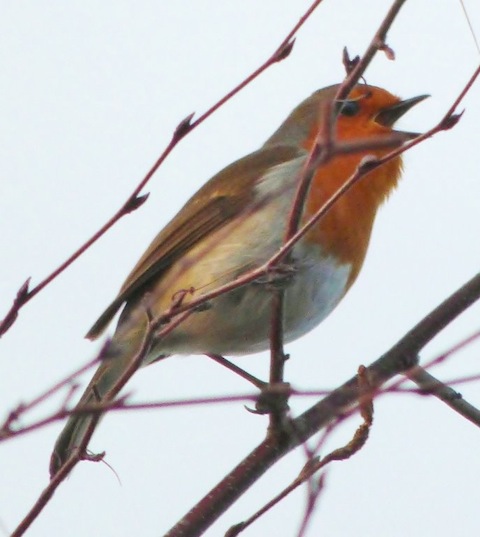



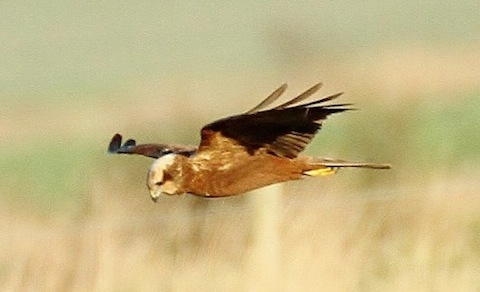
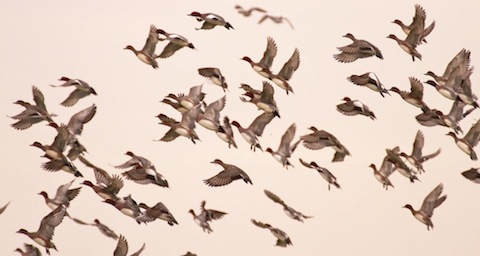
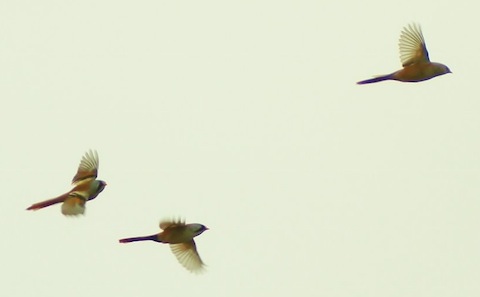
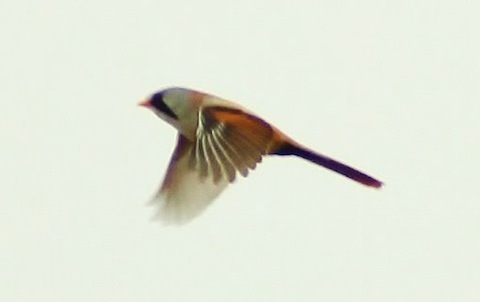
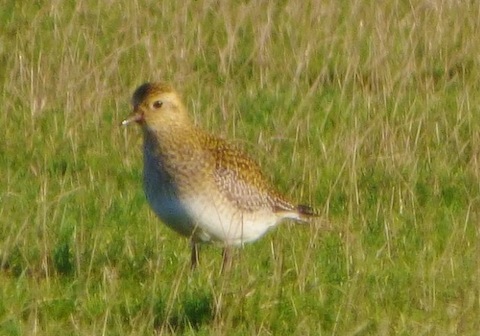
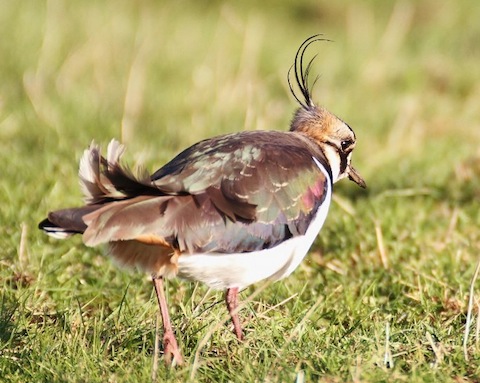
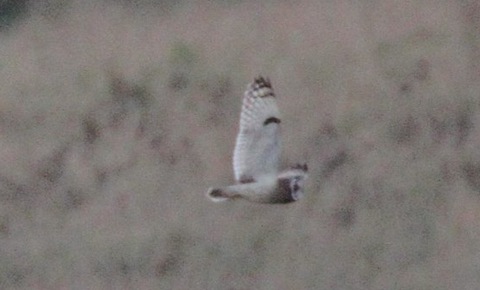


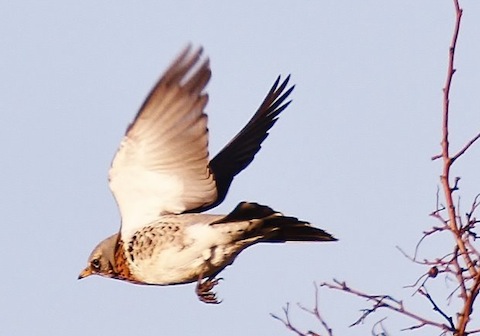
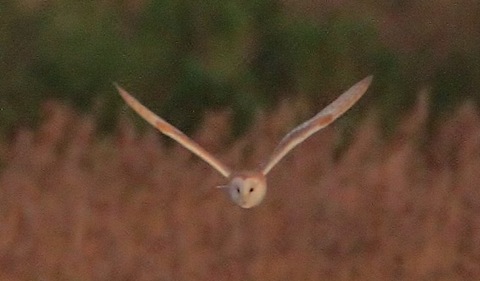


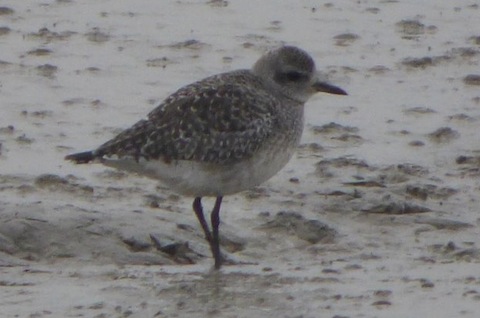
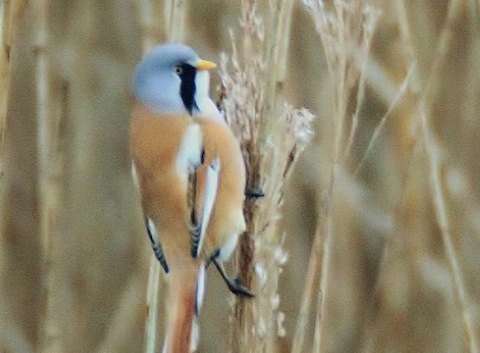

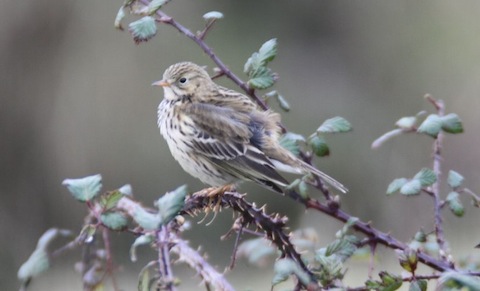
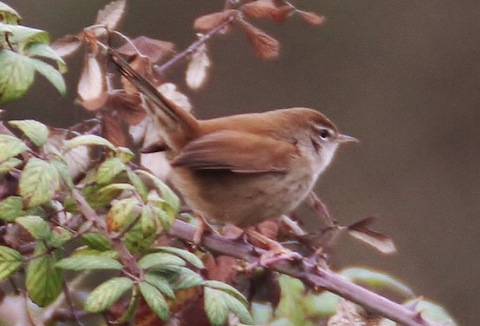
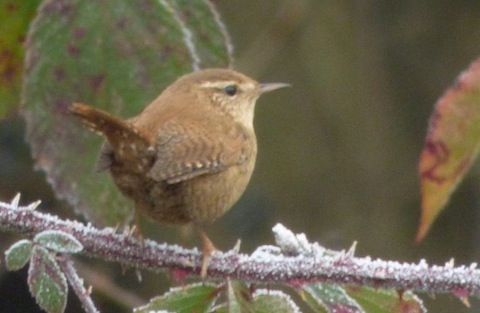
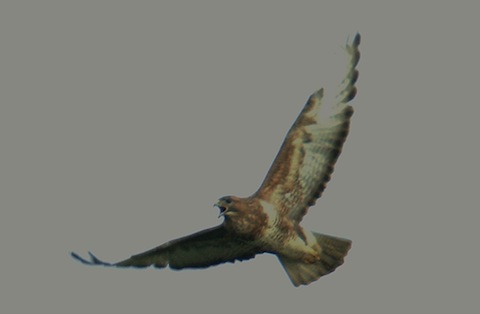








Recent Comments